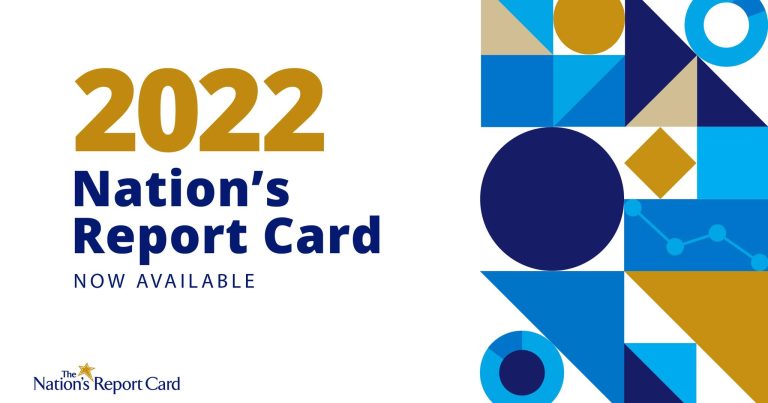While performance in math and reading by Dallas ISD fourth and eighth graders in the 2022 National Assessment of Educational Progress remained generally steady, the results showed that the district and the nation must continue working to improve.
This first national assessment after the pandemic saw most of the 26 Trial Urban District Assessment districts and large city schools experience steep declines in performance, especially in math, which registered the largest ever significant decline since the assessments—also known as The Nation’s Report Card—began in 2003.
The story is slightly different for Dallas ISD, where fourth graders’ performance in the math assessments did not register significant change compared to 2019 pre-pandemic results and outperformed 16 other participating TUDA districts and students in large city schools.
Another highlight of the 2022 NAEP for Dallas ISD is the performance of English language learners, who did better than their national peers in all grades and subjects tested. This is important because emerging bilingual students make up 48.4 percent of Dallas ISD’s student population.
The results also show room for growth. Dallas ISD eighth graders registered a four-point decline in math performance compared to 2019; however, they did as well as or outperformed 14 other participating TUDA districts in the 2022 results.
“These national results give us a baseline from which we can continue to work to improve and lift up our students,” said Dallas ISD Superintendent Stephanie Elizalde. “They also show a student-centered board who supported the hard work teachers, principals, auxiliary staff, parents, partners, and everyone with our district did during the pandemic to minimize disruptions and accelerate learning.”
What might not be evident in the data from the 2022 NAEP is where individual participating districts were in their pandemic recovery curve, said Ray Hart, executive director of the Council of the Great City Schools, based in Washington, D.C. Data reflect a global change in learning and whether districts had started to turn the tide or were further along in their recovery.
“The 2022 data addressed what we all know—the pandemic had an effect on our students, our schools and our communities,” Hart said. “Sustaining achievement in any grade level is no easy feat, and it’s a testament to Dallas’ academic continuity planning during a crisis, as well as the district’s proactive recovery efforts.”
Dallas ISD Assessment Highlights
Math
Fourth-grade students who were identified as eligible for the National School Lunch Program, Hispanics and students identified as English language learners performed significantly higher in the math assessment than those in national public schools and large cities.
Performance by African Americans remained steady compared to 2019 and was similar to that of their peers in national public and large city schools.
In the eighth-grade math assessment, Dallas ISD African American and Hispanic students performed similar to national public schools and large cities while English language learners performed significantly higher than national public schools and large cities.
Reading
In fourth grade, while performance by African American and Hispanic students was similar to that of their peers in national public schools and large cities, English language learners significantly outperformed students in those categories.
English language learners significantly outperformed their peers in national public and large city schools while other eighth-grade student groups performed similar to 2019.

